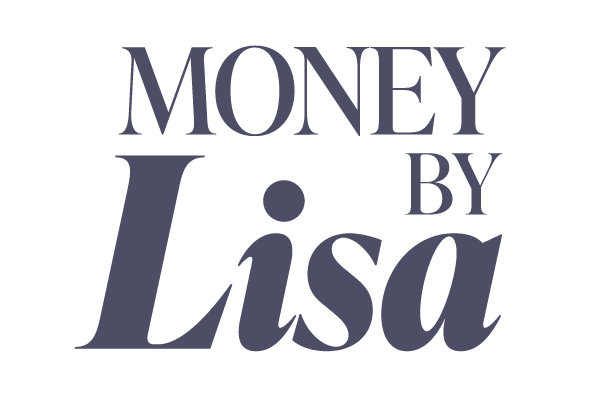Fit for Purpose
As I have written before, the hardest question in personal finance might just be, “What do you want?” The answer can be particularly elusive when you have checked all the de rigueur boxes (non-mortgage debt eliminated, retirement plan on track), and are attempting to formulate your next financial goals. The good news is that once you have your answer, the second-order question (“Where do I put my money for this goal?”) will follow quite naturally. The better news is that if you are stuck on the first question, there is a financial vehicle for that too!
Let’s start with our star student who finds themselves with funds to spare at the end of every pay period and is considering one of several typical options: Buying a new home or a new car, or starting (or expanding) their family. These very different goals share two important characteristics:
You need the funds for this endeavor sooner rather than later, within the next few years at most.
They’re really important to you.
If you are expecting me to unveil a novel financial instrument that you have not heard of before, you will be sorely disappointed. The optimum parking spot for accumulating funds for these types of goals is nothing more sophisticated than a savings account. OK, fine. A high-yield savings account.
This is the point where extreme honesty (with yourself) is the best policy. If your goal is to save $30,000 by X date, you can easily calculate how long it will take you to get there if you sock away $1000/month in a bank account. On the other hand, if you invested that $1000/month and the stock market helped you out a bit, you would reach your goal in less than 30 months. Or perhaps you could put aside less each month and put your faith in the market gods. Really, it’s almost irresistible.
You need to shut out the siren song of possible stock market returns. The question to ask yourself and answer honestly is, “If I invest this money and it loses value such that I cannot fund this goal when the time comes, what will I do?” If you are talking about a new car, sure, you may be happy to keep driving what you have. However, if you are contemplating adding a new family member and the goal is to save enough to afford an extended leave, pre-fund childcare, or move to a larger home, are you really willing to put those plans on pause just because the S&P 500 had a bad year (or perhaps several)?
What if you have extra cash flow and you are stuck on the first question? There is no next big thing on the nearby horizon. On the other hand, you don’t have to be a commitment-phobe to not want to lock away every spare dollar for a retirement that is 30 years away. In this case:
You’re confident that you don’t need the funds in the next few years.
But you are pretty sure that you will want to access this kitty in less than 10 years.
There is nothing magic about the 10-year marker, by the way. It is only meant to illustrate the reason investing money wholly in the stock market that you will need in an intermediate time frame is a bad idea; if the market experiences a bad spell, it can take more than a few years for your account to recover. Your goal may not wait for that.
This is where I like the use of a high-quality index bond fund or ETF. The returns may not be particularly sexy, but your principal will not be at risk. (Remember: high-quality, not junk, bonds.)
Yes, years like 2022 will happen when everything goes south all at once (which is why you won’t use this strategy for near term “must haves.”)
I will also acknowledge that at this particular moment in time when the yield curve (the difference between long term and short term interest rates) is inverted with the short end of the stick yielding more, this is not an auspicious time for intermediate bond funds versus short term (and very short) bond funds. However, the difference is not dramatic, and we have determined that you are investing for more than a moment.
How you allocate this “whatever” pool of money between a bond fund and an equity fund will be based on your personal risk tolerance for this specific purpose. While for your retirement account you may be very happy investing 80% or 90% in the stock market, for this purpose (or should I say, “non-purpose”), you will likely feel more comfortable tilting in favor of the less price-volatile bond fund, or even entirely so. In this undefined “whatever” space, your primary aim is to keep all of your options open: capital preservation with a side dollop of capital gain if possible.
There is no single right answer, and as you get closer to determining what this fund is for, your allocation may change, in either direction. You may decide later that the best use of this money is indeed quite far off (such as the ability to retire or “downshift” in 15 years before you can use your tax-advantaged retirement accounts) or closer at hand than you previously imagined (sabbatical?). Then you will re-allocate your portfolio accordingly so that it is fit for purpose.
And that is the key phrase: fit for purpose. Once you know your why, the mechanics of how to save or invest your money — which type of vehicle to use — is actually quite straightforward.
(Hey, I’d love to be in touch regularly. My free newsletter contains this blog, as well as other articles written by myself and others. Please consider subscribing by visiting the MoneyByLisa home page.)
